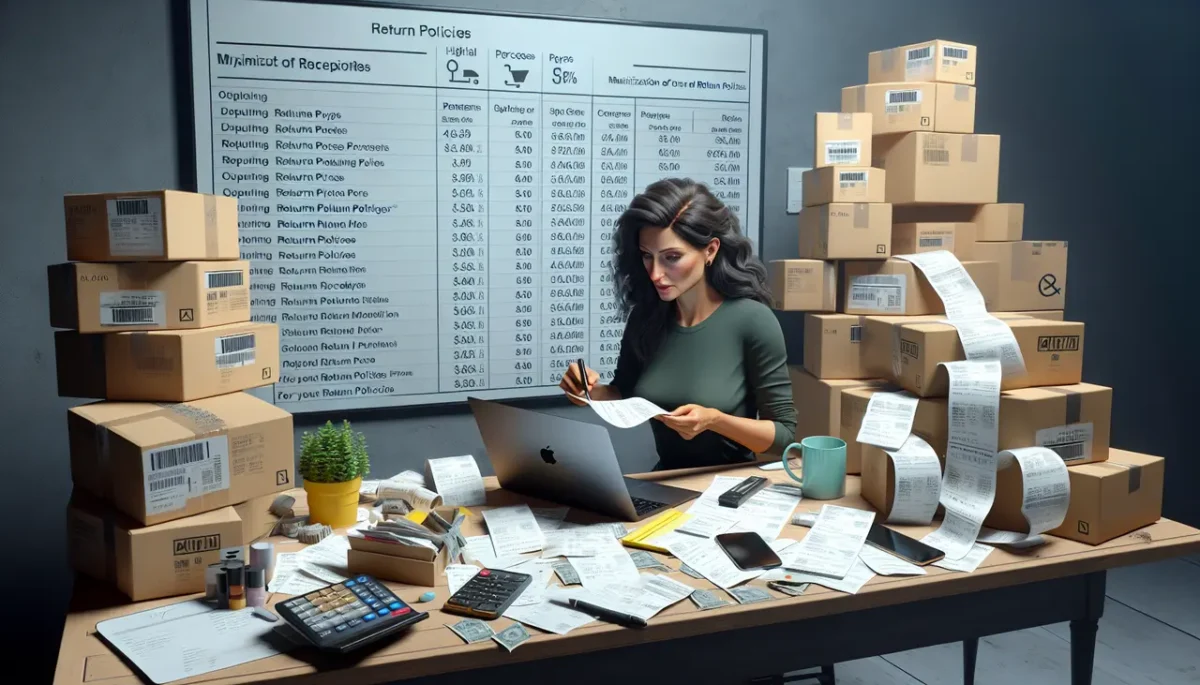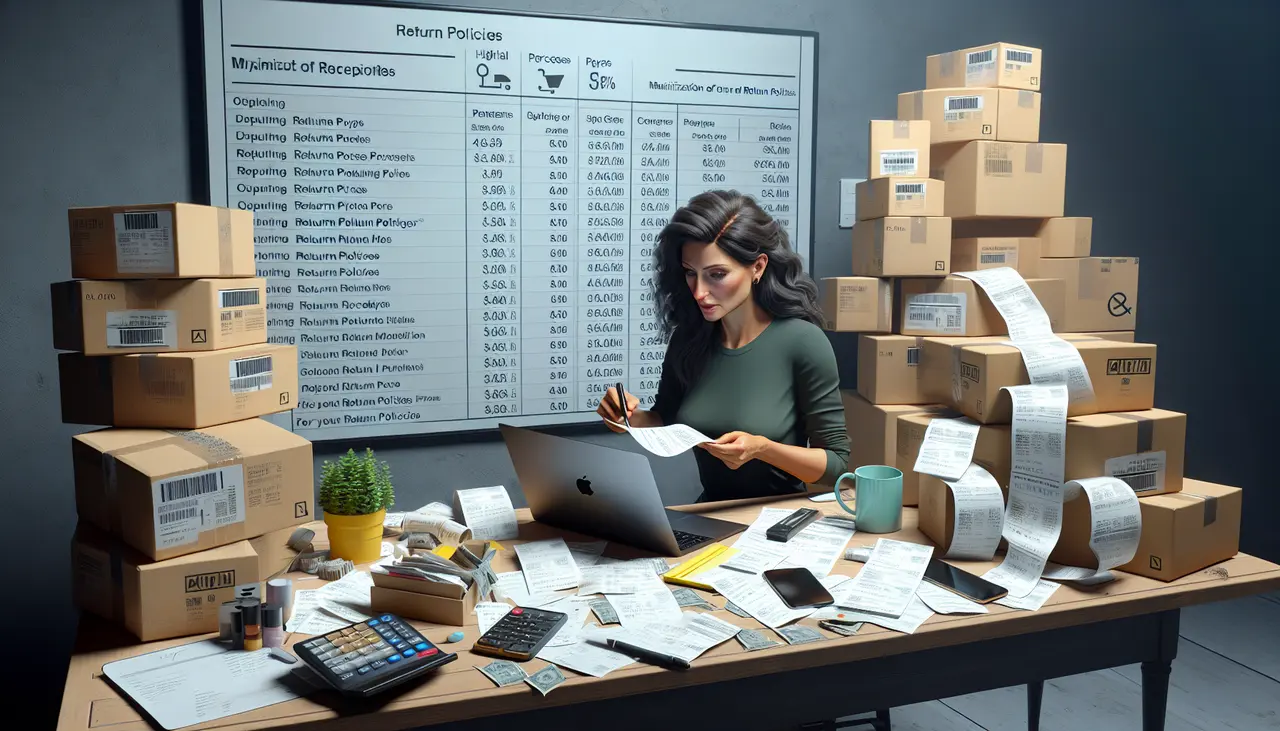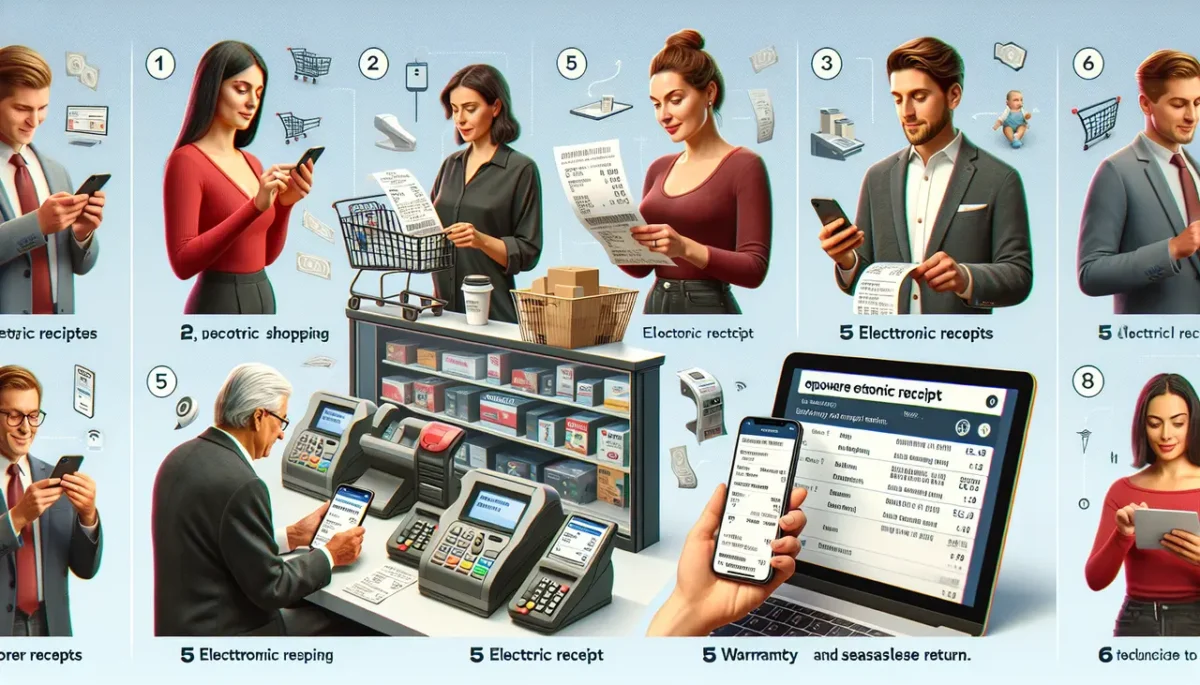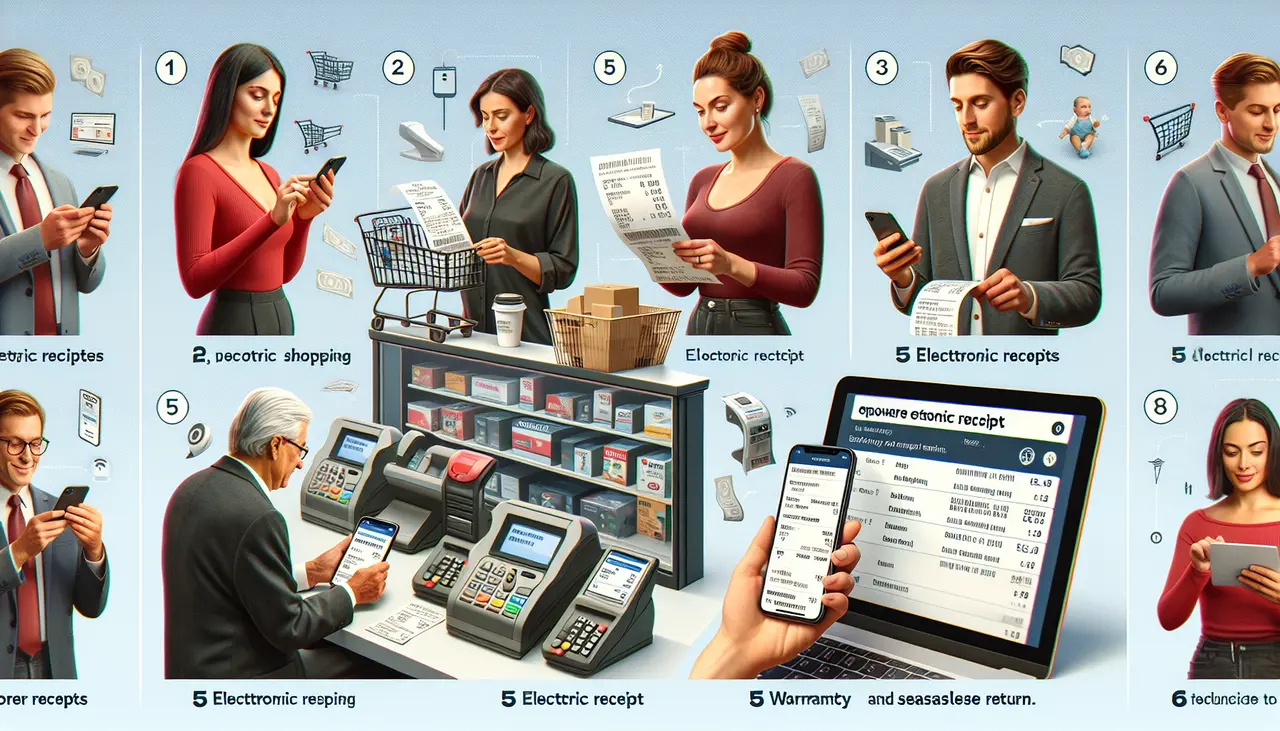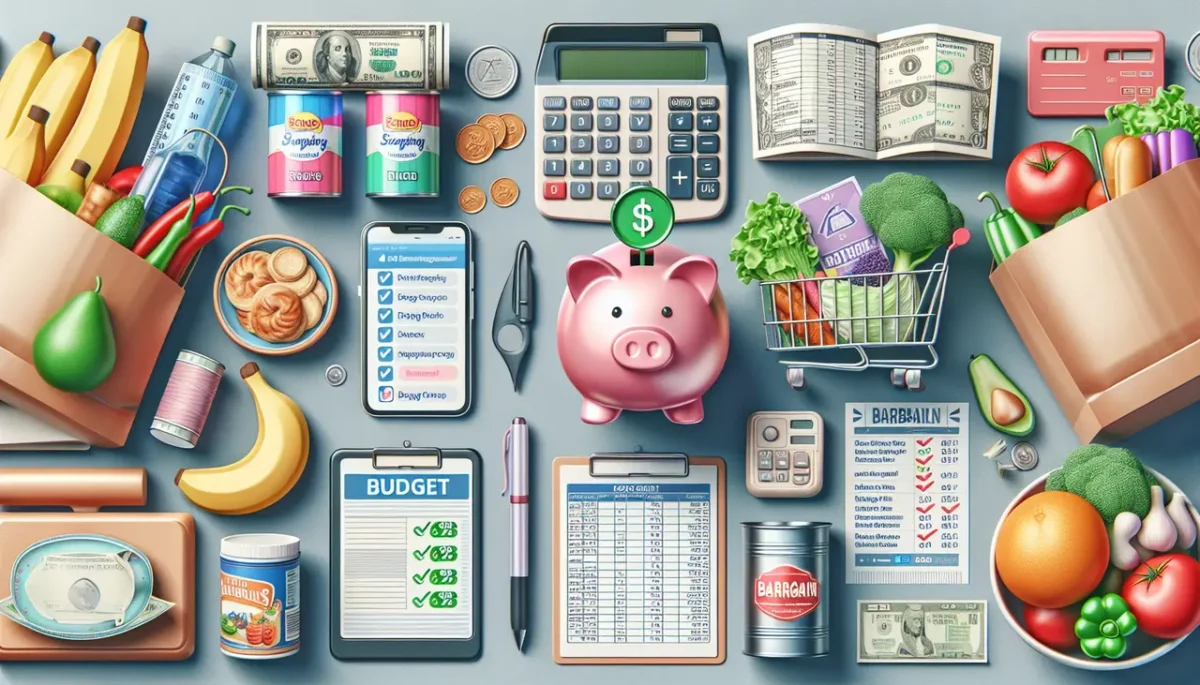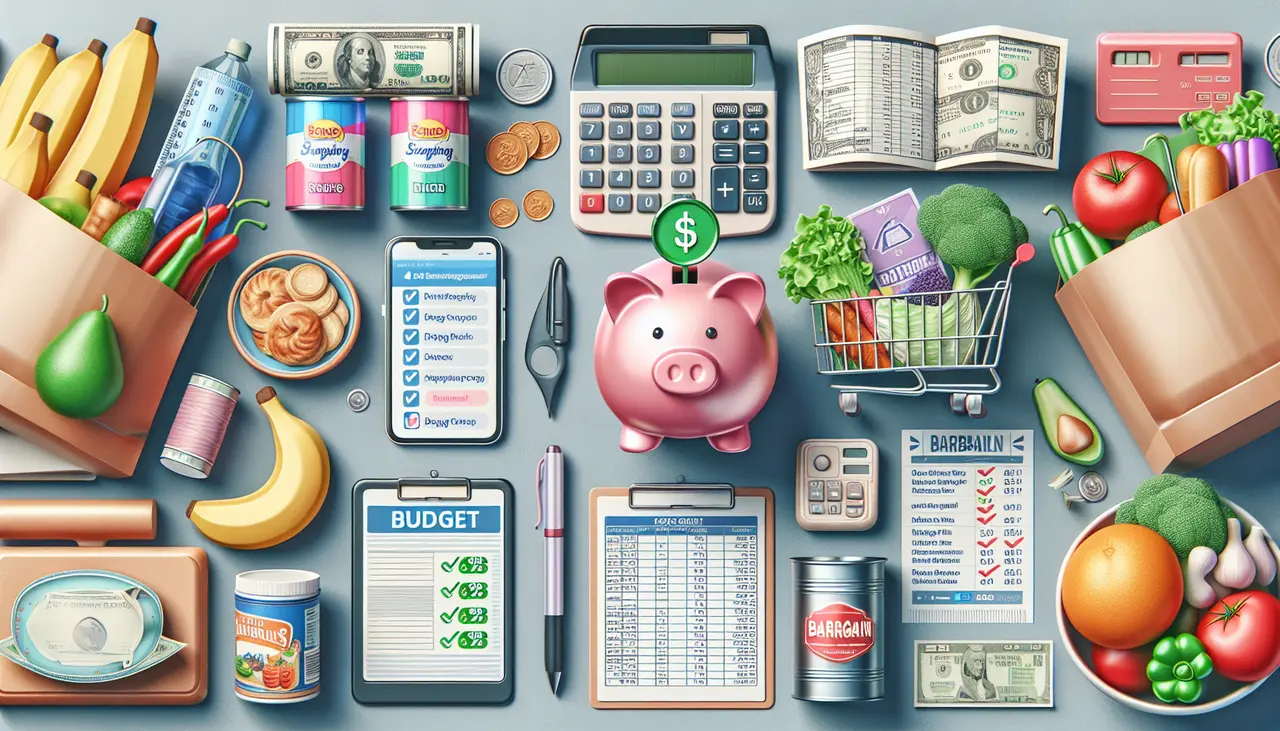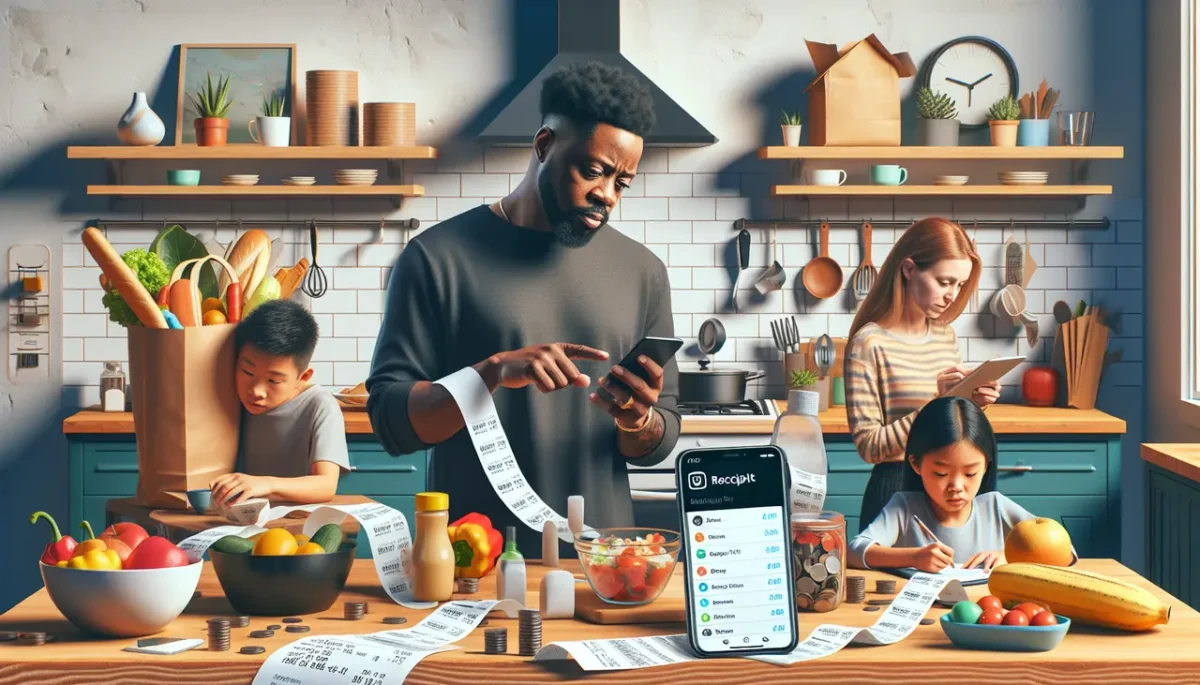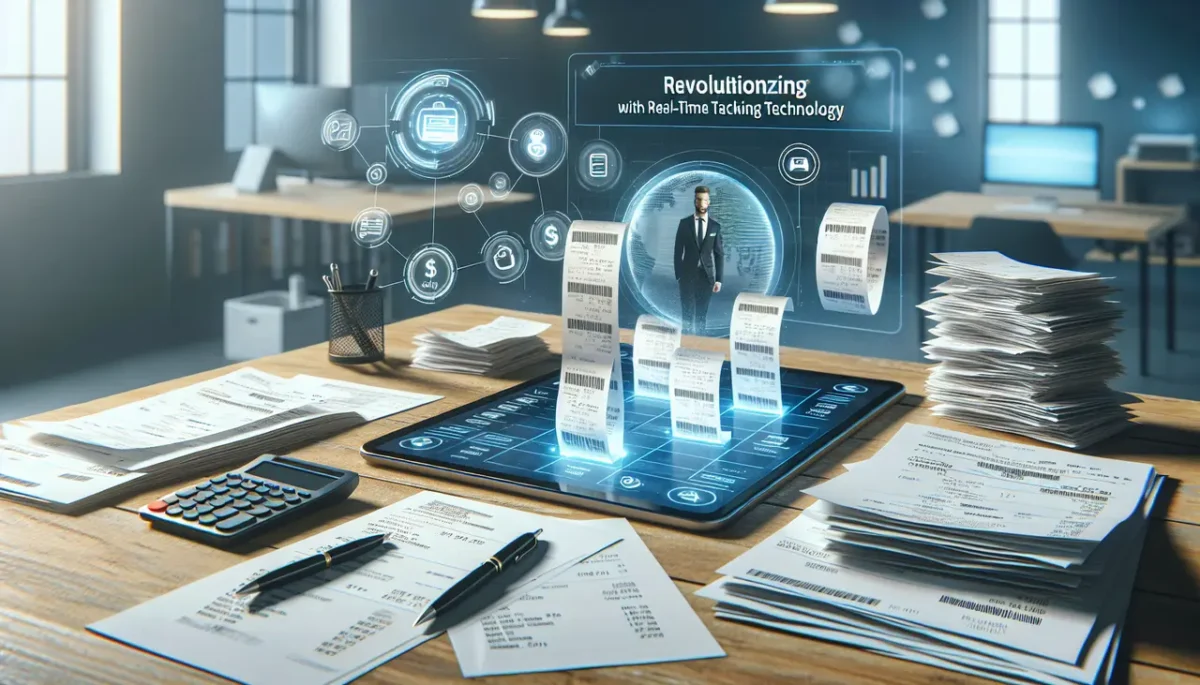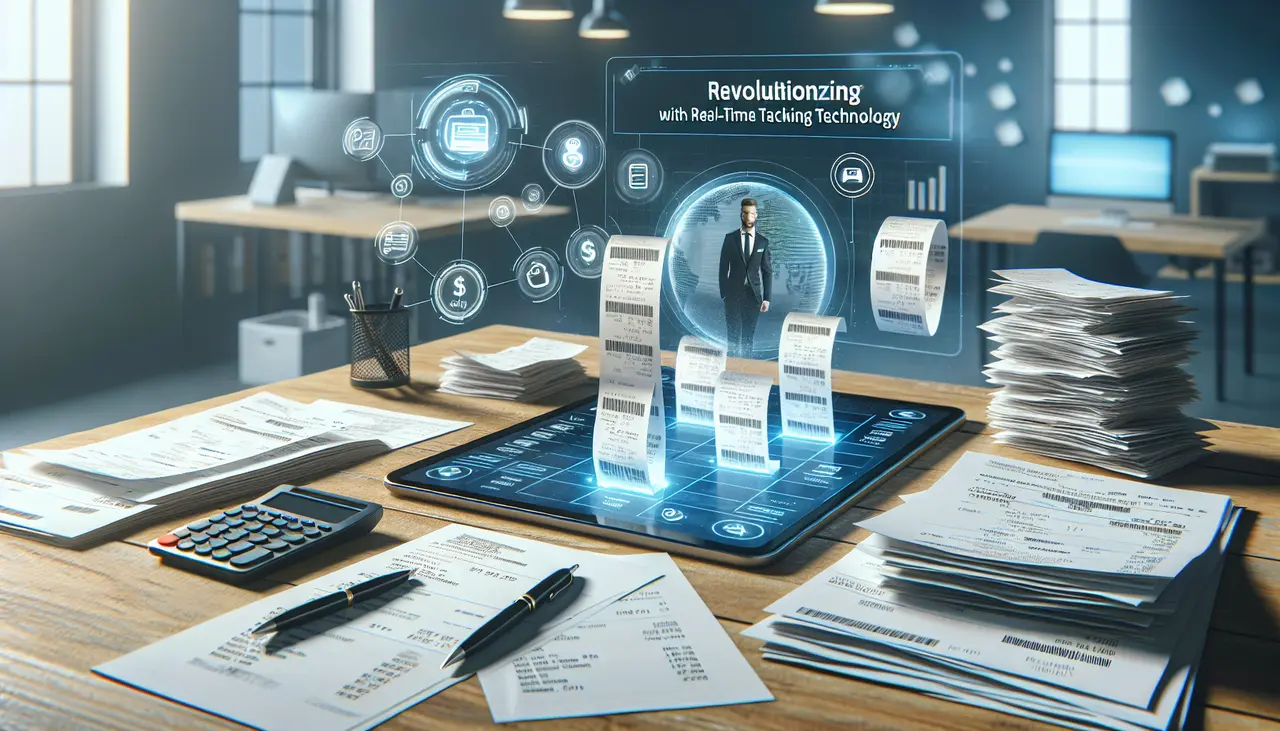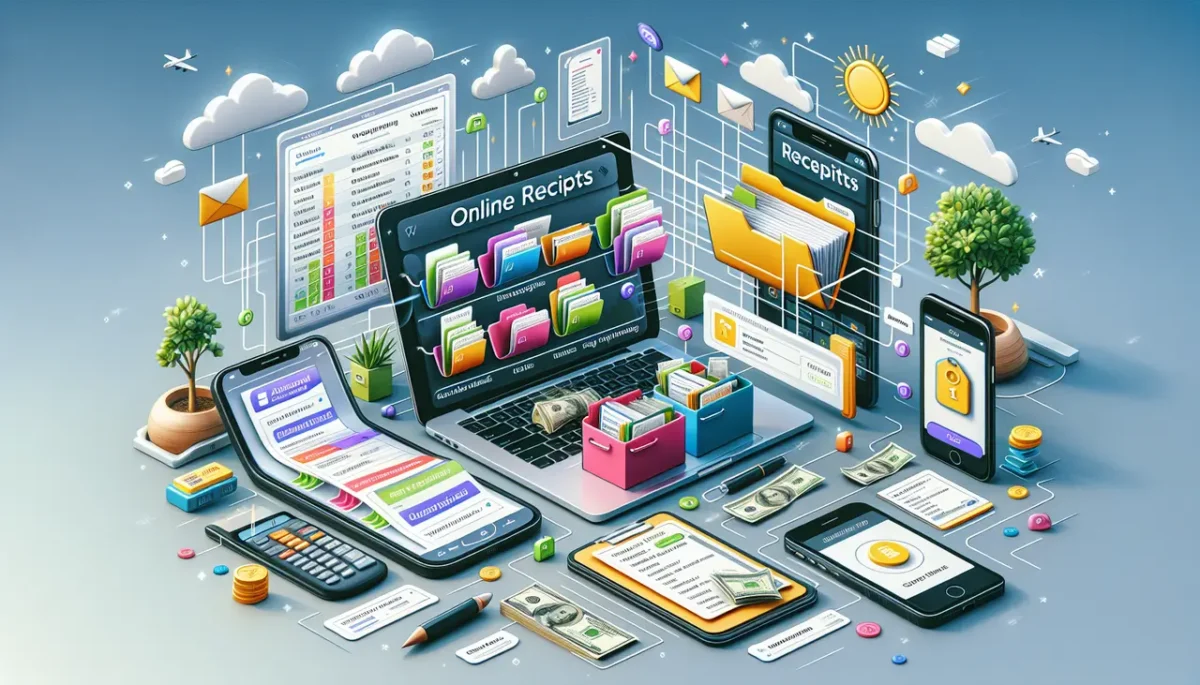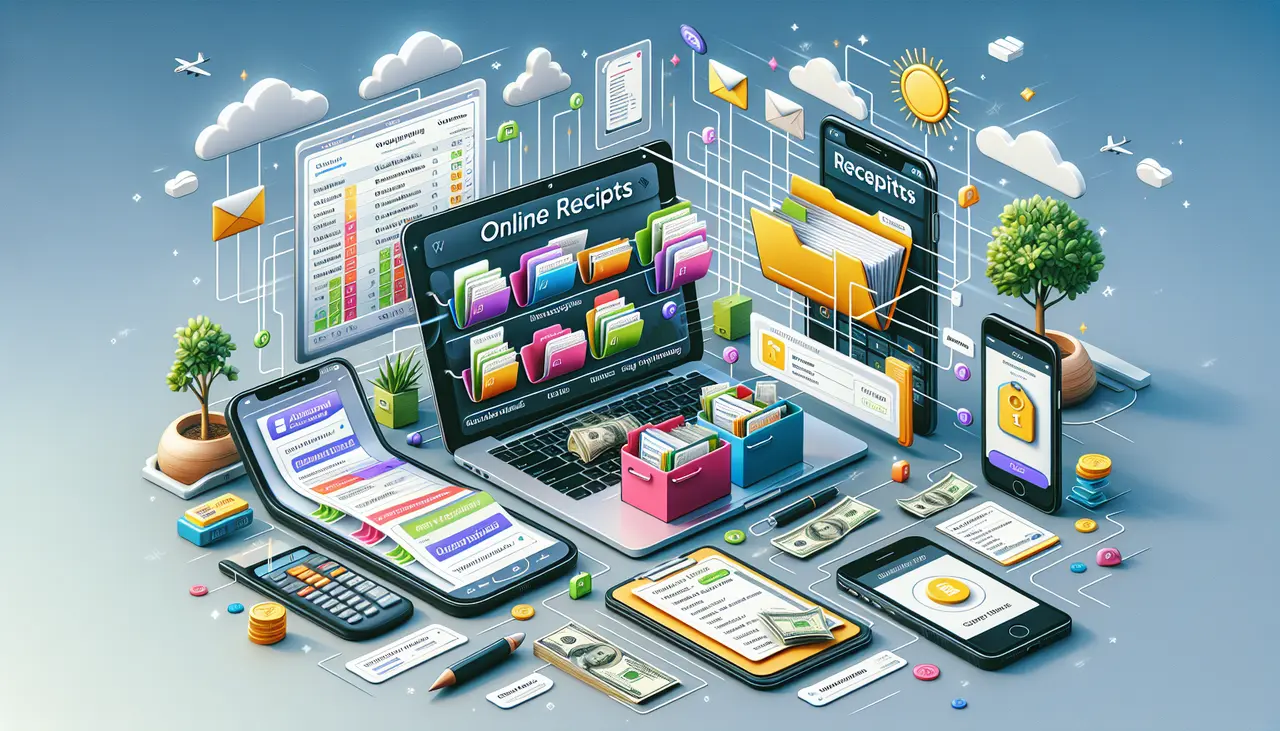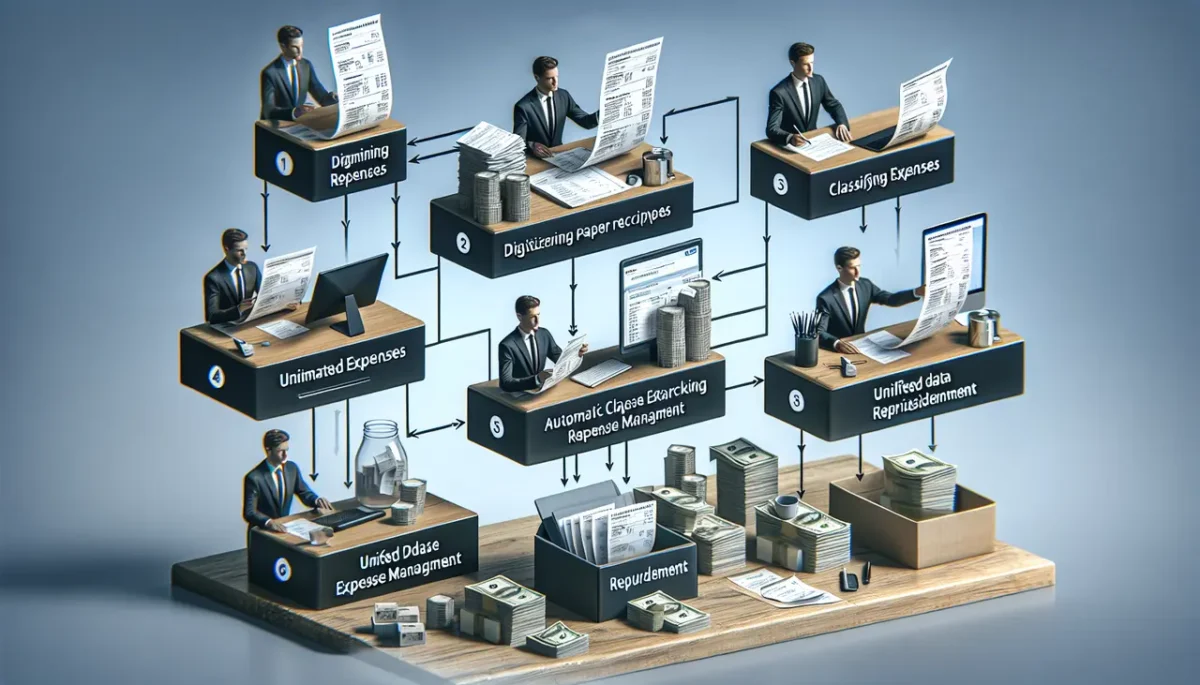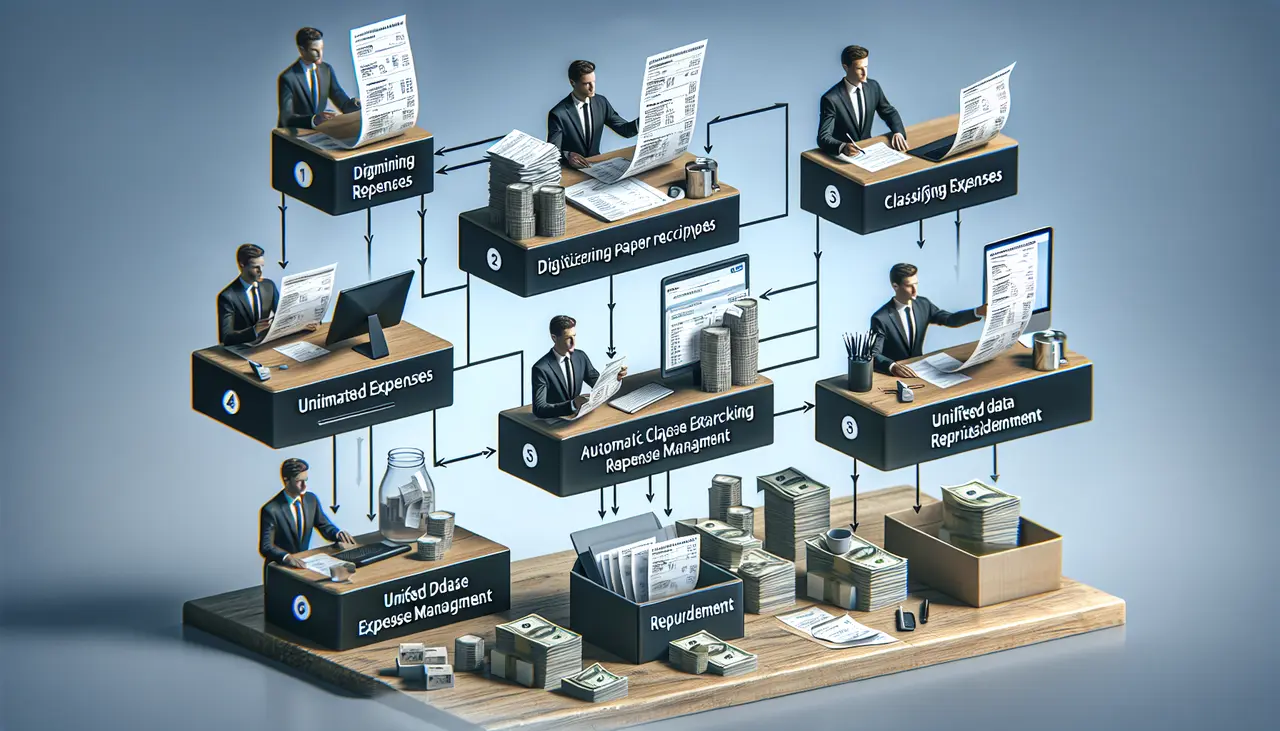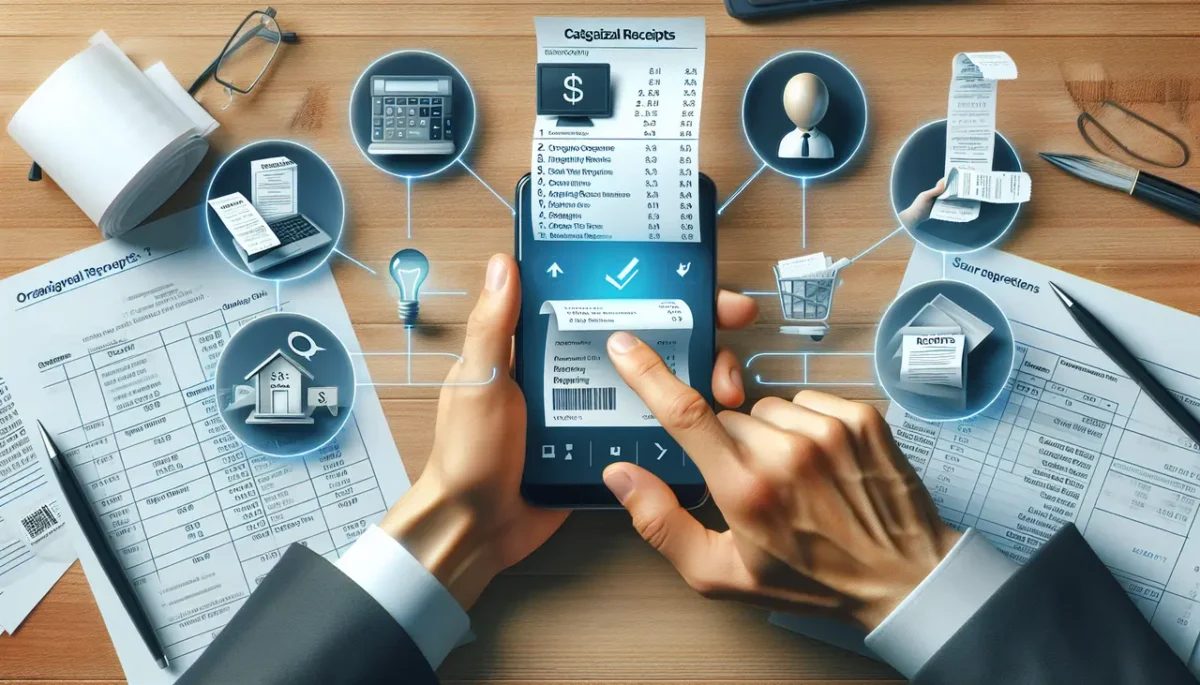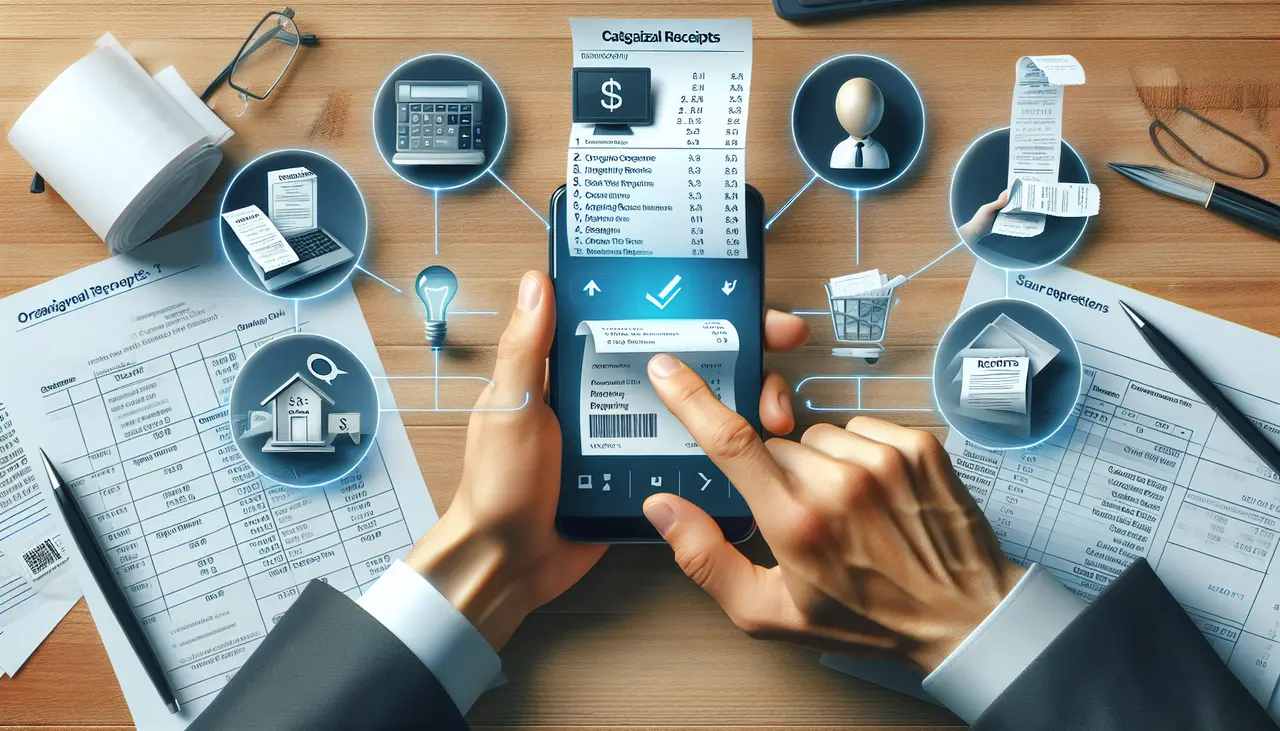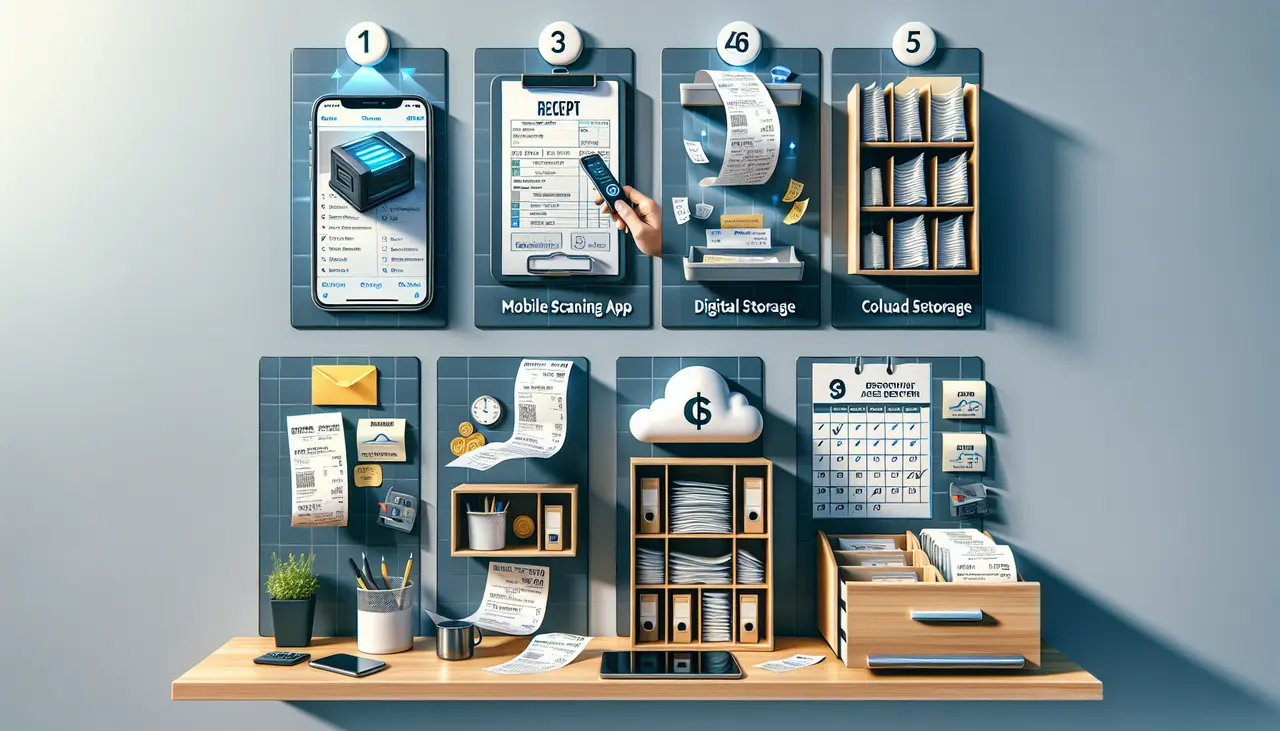Understanding Return Policies: The Basics
When you buy stuff, the store gives you a return policy. This is their rule book on how you can bring things back if you don’t like them or they’re faulty. Most stores put a time limit, like 30 days, for you to return items. They might also have specific conditions, like needing the receipt and the item being in its original packaging. Different stores have different rules.
Some are super strict and might only give you store credit instead of your money back. Others are more laid-back and might let you return items without a receipt. It’s crucial to know these rules before you buy anything. Always save your receipts and check the return policy at the store or on their website. This knowledge can save you a headache later if you need to return something.
The Importance of Keeping Your Receipts
Keeping your receipts is like holding onto a key that unlocks doors to easier returns and refunds. Think about it, retailers usually need proof of purchase before letting you return an item. Without a receipt, you’re stuck with that unwanted gift or ill-fitting shirt. Plus, many stores offer extended return periods for items with a receipt. Ever bought something, found it cheaper elsewhere, and kicked yourself for it? Holding onto your receipts means you could snap up a refund of the difference if the price drops. For bigger purchases, receipts are even more critical.
They’re your proof for warranties or insurance claims. If your shiny new gadget breaks down, that little slip of paper is your ticket to a hassle-free repair or replacement. So, make it a habit—stash those receipts. It’s a simple step that could save you time, money, and headaches down the line.
Tips for Leveraging Receipts for Successful Returns
Keeping a tight grip on your receipts could be the key difference between a successful return and a missed opportunity. Turn those little slips of paper into tools. Here’s how you make it happen. First, always ask for a receipt at checkout. No exceptions. Make it a habit, like grabbing your keys when you leave the house. Second, know where you stash them.
Designate a spot—a drawer, a folder—just for receipts. This way, you won’t turn the house upside down every time you need one. Next, be quick on the draw. Most stores have a return policy with a time limit. Miss that, and you’re out of luck. Finally, scan ‘em. Use your phone to keep digital copies. It’s easy, and it means you’ve got backup. Remember, those slips of paper are your return tickets. Manage them well, and you’re set.
Organizing Receipts: A Simple Guide
Keeping track of receipts can feel like a hassle, but it’s key to taking full advantage of return policies. Start by always asking for a receipt at checkout, and then put it somewhere safe right away. Many people use a single envelope or folder labeled “Receipts” to keep them all in one place. Digital savvies might prefer taking a clear photo of each receipt or using a dedicated app to store them electronically. Each month, take a few minutes to sort through and throw out the ones for items that are past the return window or you’re sure you won’t need to return. This system not only simplifies returns but also helps with budget tracking and warranty claims. Simple, right? Keep those receipts organized, and you’ll thank yourself later.
Navigating Strict Return Policies With Ease
Strict return policies look tough, but you can play by their rules and still come out ahead. First, always save your receipts. No receipt often means no return, period. Get familiar with the return window – that’s the time limit you have to bring things back. It’s usually around 30 days, but it can vary. Next, keep items in their original condition. If you can, don’t even take that new toaster out of its box until you’re sure you’re keeping it.
Tags on clothes? Leave them there if you think you might return the piece. If you’re buying gifts, ask for a gift receipt. This makes returns easier for the gift receiver without showing them the price. Some stores are pickier than others. Big chains might be more flexible, while small shops could be stricter. If a return policy seems too rigid, consider shopping elsewhere. Remember, knowledge is power. Know the rules, and you can make them work for you, not against you.
Maximizing the Benefits of Flexible Return Policies
Stores offer return policies to give you confidence in your purchase. But did you know you can use these policies to your advantage? Simple. Save your receipts. This small action unlocks the power to return items without a headache. Check the return policy right after buying. Policies range from 30 to 90 days or more. Know your window to avoid missing out. Some stores even have extended holiday returns. More time for you.
Don’t just toss your receipts in a drawer. Snap a picture or use an app to keep them organized. If you buy online, your email receipt counts too. Stay informed about what you can return. Usually, it’s items in their original condition. Opened or used might not fly. Plus, special items like electronics might have shorter return windows. Always check. By understanding and using return policies wisely, you make sure every purchase is exactly what you want. No regrets, just smart shopping.
Digital Receipts: The Future of Returns
Digital receipts are changing how we handle returns, making the process smoother and faster. If you’ve ever lost a paper receipt, you know the pain of being stuck with an item you can’t return. With digital receipts, that worry is gone. They’re stored in your email or the store’s app, so they’re always at your fingertips. Shops are quickly adopting digital receipts, seeing them as a way to reduce waste and keep customers happy.
When you buy something, ask if a digital receipt option is available. This small step can save you a lot of hassle if you need to return something later. Plus, it’s easier to manage and track your purchases, helping you to stay organized. Digital receipts aren’t just convenient; they’re a smarter way to shop.
Avoiding Common Pitfalls in Return Policies
Not every return is a walk in the park. Sometimes, you hit a wall because of missing a tiny detail in the return policy. First off, always keep your receipt. It’s your golden ticket for returns. Losing it is like throwing money away. Next, don’t miss the return window. Each store has its timeframe—usually 15 to 30 days. Wait too long, and you’re stuck with your purchase.
Also, watch out for restocking fees. Electronics and big-ticket items often come with this sneaky charge, which can eat into your refund. And remember, some items can’t be returned once opened, like software or personalized items. Lastly, always check if you need to return the item in its original packaging. Tearing into your product without care can cost you the chance to return it. Being sharp about these details saves you from hassle and lost money.
Case Studies: Real-Life Returns Success Stories
So, you’ve heard keeping your receipts is smart, but how much difference can it truly make? Let’s dive into real-life cases where holding onto that little piece of paper paid off big time. First off, meet Sam. Sam bought a blender that broke two months later. Luckily, with the receipt in hand, the store took it back no questions asked, and Sam walked out with a brand new one. Then there’s Alex, who purchased jeans that ended up being the wrong fit.
With the receipt, returning them was a breeze, and Alex exchanged them for the perfect pair. And let’s not forget Casey. Casey was gifted a coffee maker that they didn’t need. Even without a gift receipt, the store allowed Casey to exchange it for store credit, thanks to their flexible return policy. These stories show the power of keeping your receipts. Whether it’s faulty electronics, ill-fitting clothes, or unwanted gifts, those little slips of paper can save the day. Always remember, in the world of returns, your receipt is your best friend.
Conclusion: Making Return Policies Work for You
Wrapping this up, making return policies work for you isn’t rocket science. It’s about keeping your receipts safe and understanding the return policies of the places you shop. Most stores have a time limit for returns, so check it early. Keep your stuff in good condition; stores won’t take back used or damaged items. And honesty? That’s your best policy. If there’s a genuine issue, many stores will help you out.
Remember, the goal is not to game the system but to make sure you’re satisfied with your purchases. By staying organized and informed, you can make return policies your friend, ensuring you always get the best value for your money.
Ready to simplify your life? Download the Receipts and Returns app today and take the first step toward a paperless, stress-free shopping experience.
Click App Store & Play Store

